by Jennifer Grace
For those readers who are not familiar with Augmented Reality (AR), I would like to explain. Augmented Reality is an integrated technology that superimposes a digital image (for example, a video) on the observer’s real world view. This is accomplished with the use of a lens (such as a cell phone camera), internet, and data recognition software.
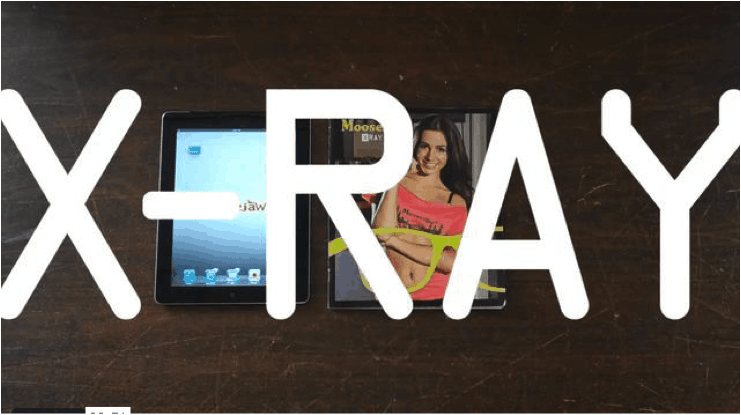
Embracing the concept of this now usable technology has been a fun experience for a lot of companies. Moosejaw ran an issue of their catalog with AR. “Undress the model with X-Ray vision.” Maxim did it (I’ll refrain from going into detail about this one) and many more companies are experimenting with the possible benefits of combining their print and digital efforts. It’s a great way to unite the world of print we all know and love with the world of digital, which seems to be an infinite ocean of possibilities.
The question is what does it mean for printers and companies that produce publications? Let me put it this way; Augmented Reality is the way of the future. Between AR and Big Data, we are well on our way to experiencing the first stages of Artificial Intelligence—“Hey Spielberg! It’s your lucky day!”
For printers and marketers it means it’s time to start looking ahead.
Data can have a greater emotional impact when you are looking at it by means of the real world and in real time. This is true whether it makes you chuckle, like Moosejaw’s Ex Ray Vision Campaign does, or evokes excitement, like IKEA does when they entice you to interact with the application. Seriously though, who doesn’t want to see what a piece of furniture will look like in their house? What exactly is happening here? Are we redefining the line between virtual and reality, between digital and print? Would it be too far off to say that when the real world meets the virtual world, the virtual world becomes more real and, in turn, the real world becomes more simulated?
Needless to say, this is a great opportunity to include Augmented Reality into your print. Think education and entertainment, but start paving the way for the next Generation and think interaction and collaboration as well.
Let your audience create their own reality. Here are a few ideas to get you started:
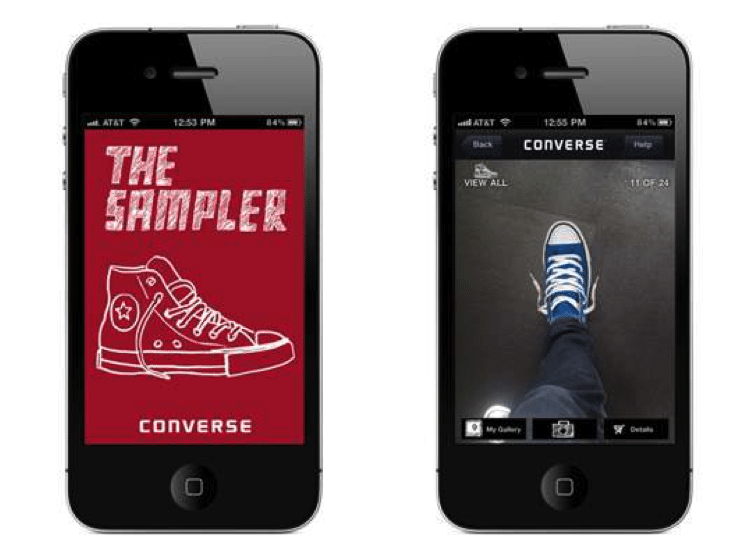
Engage: Design your own app (like IKEA and Moosejaw did) that can help you create loyal customers. If you sell sneakers then perhaps an application that allows buyers to virtually try on a pair of shoes would make for a good campaign. Actually, Converse did this and it was extremely successful. What kind of app do you think would work with your business?
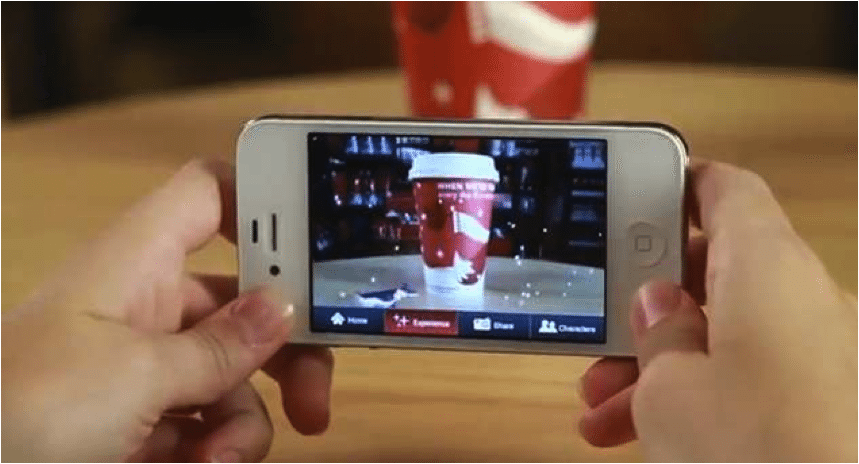
Interact: Consider using AR on your marketing memorabilia. Giving out a coffee mug at a trade show? Why not apply AR to engage your audience and help them remember you better? Starbucks did a “scan your coffee cup” campaign that was really cool!
Educate: Here’s a good idea for a tourism company. Why not use AR to scan a scene in your tour guide and educate viewers about landmarks? How about text books? How cool would it have been to scan textbooks to unlock videos and sounds? Why not make a printed textbook an online encyclopedia. Why not listen to birds chirp when you scan your Audubon Society Bird Guide?
Collaborate: Collaboration is the key with our new Generation Z, however, that doesn’t mean it won’t work with other Generations as well. Running surveys on products in a catalog works great. How about a movie poster that you scan and rate the movie when you leave the theater? There a million ways to collaborate with AR. Fashion magazine? How about you ask your readers to list their favorite beauty products or share tips that are made accessible to other readers?
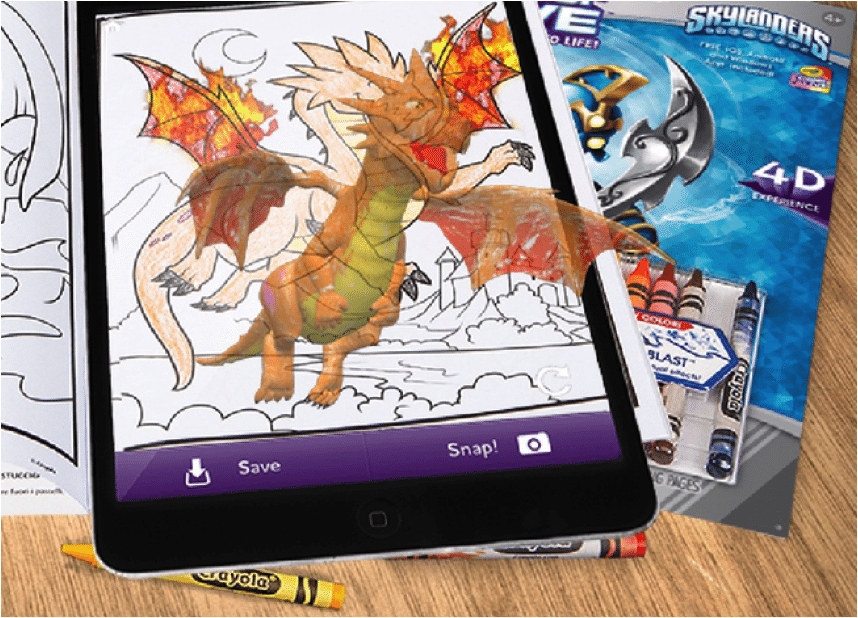
Create: Crayola has a great app called Color Alive. Talk about a long term print business. I mean, crayons would never sell so well if we didn’t have coloring books. With the use of this app, you can use your smart phone or iPad to scan the coloring book and bring alive the images that have been colored. What a perfect way to give a child an engaging interactive creative multi-sensory experience. If you can find a way to incorporate this into your AR marketing campaign to bring your print alive like Crayola did, then you’re already ahead of the curve.
It’s not just about being like Robocop or creating a world like Minority Report. AR makes printing fun! It also shows how progressive print can be, and how much part of the real world it is. It’s like Khafka once said, “Paths are made by walking.”
What are some successful AR campaigns you’ve created or seen?
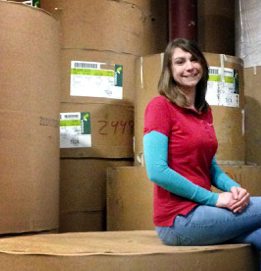 Jennifer Grace is a proud to be millennial who works as a Sales & Marketing Specialist at The Dingley Press. Dingley specializes in catalog printing and Jen is lucky enough to be stationed in the manufacturing facility where the presses run 24/7. When it comes to print and catalogs, one thing is for sure, Jen does not lack enthusiasm. To read more of her articles you can check out Dingley’s blog site or connect with her on Twitter, LinkedIn, and Facebook.
Jennifer Grace is a proud to be millennial who works as a Sales & Marketing Specialist at The Dingley Press. Dingley specializes in catalog printing and Jen is lucky enough to be stationed in the manufacturing facility where the presses run 24/7. When it comes to print and catalogs, one thing is for sure, Jen does not lack enthusiasm. To read more of her articles you can check out Dingley’s blog site or connect with her on Twitter, LinkedIn, and Facebook.











